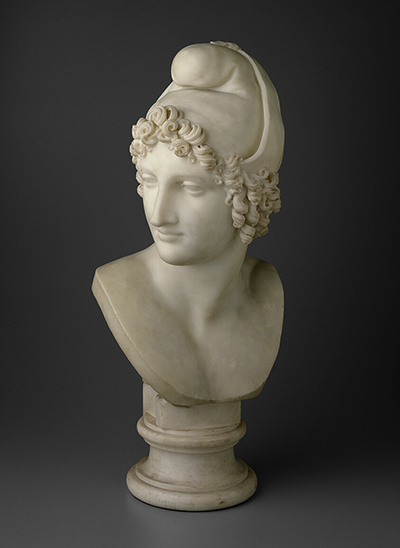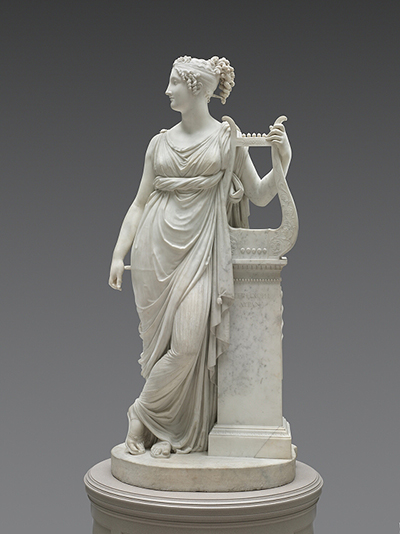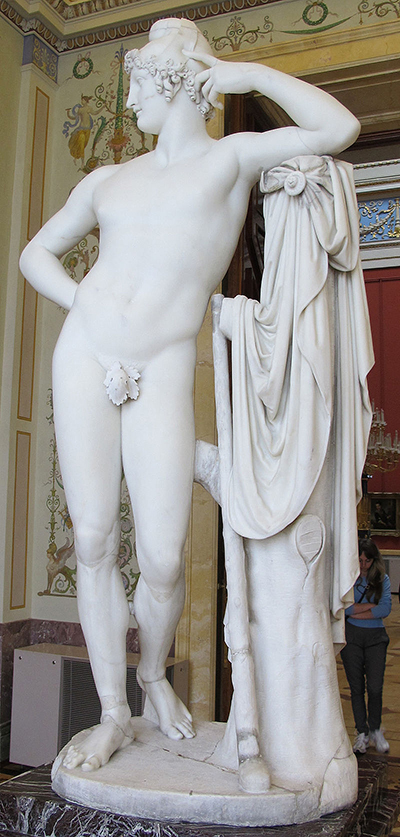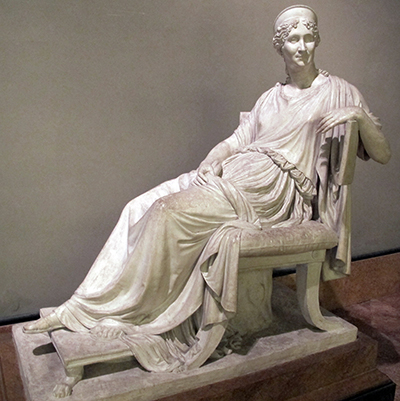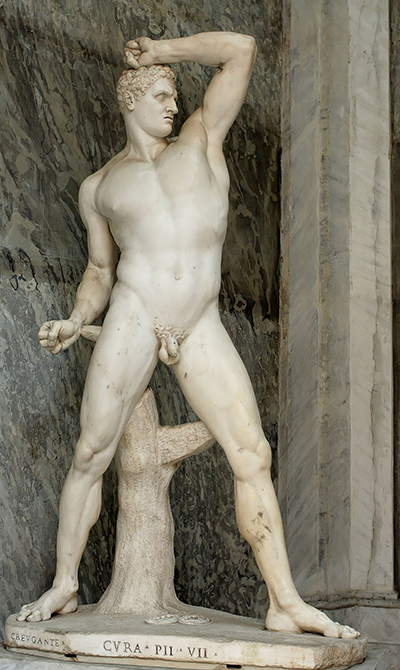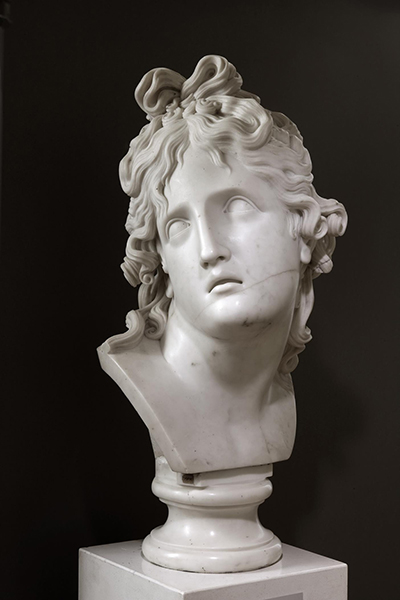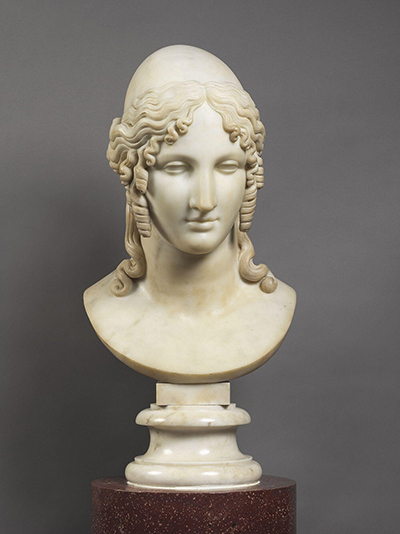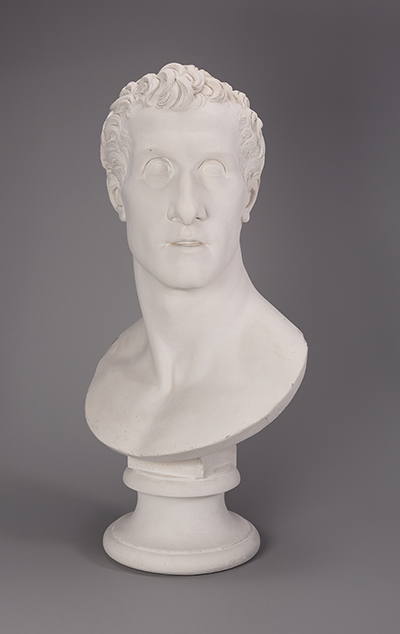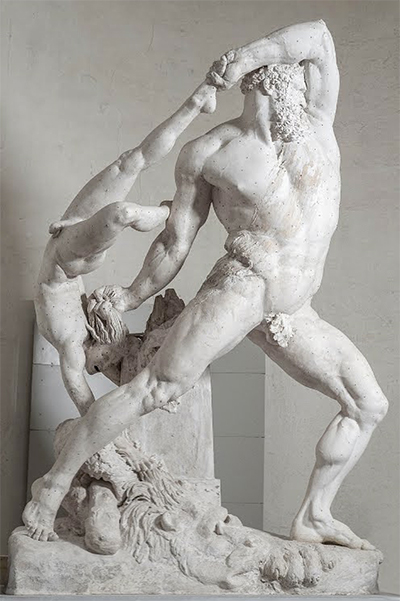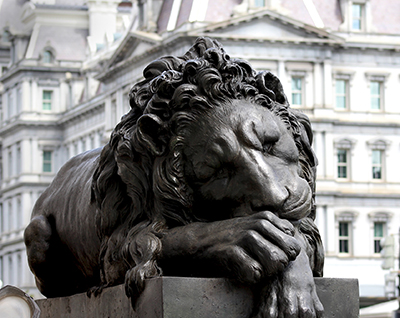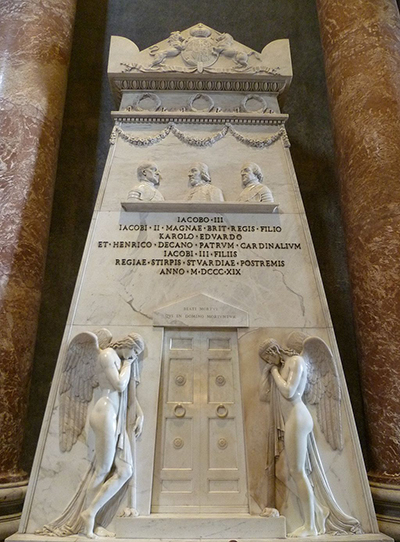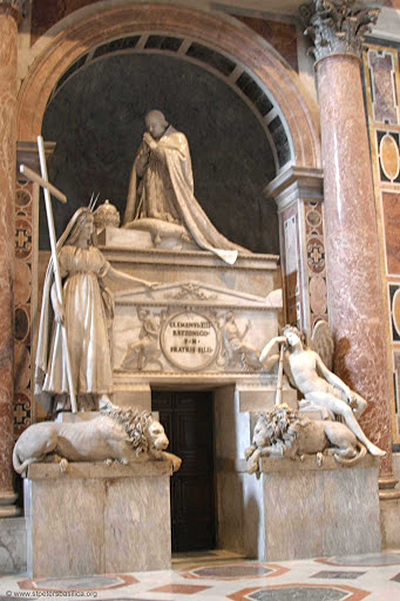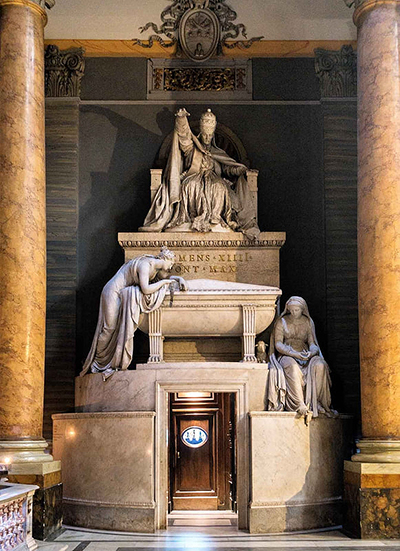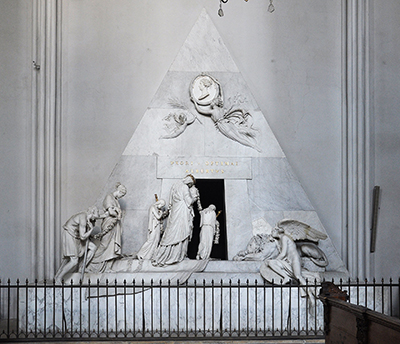The Neoclassical sculptures of Antonio Canova dominated the European art scene during the late eighteenth and early nineteenth centuries.
The sculptures that he produced were entirely inspired by the past, but also held a style that was unique, with Canova being respected specifically for his ability to sculpt figures from marble that looked extraordinarily lifelike. He starred alongside Jacques Louis David, a painter who drew on similar themes from the past. They were the darlings of the Neoclassical movement, without a doubt. Antonio had travelled all across Italy in his early years in the pursuit of inspiration and would learn a huge amount by studying various art collections in Bologna, Florence, Rome, and Naples. In those days it was necessary to see original artworks in person, as documentation and reproductions of famous pieces were not good enough to study from distance. He would also be able to sit and sketch some of the most famous sculptures in history, discovering many technical elements to their work as he did so.
The sculptor started up his own studio just as soon as this early period of travelling the country had finished. It was in Rome, around 1781, that he begun to create his earliest works. These had elements of Baroque drama initially, before later his influences from periods previous to this would start to take over. He would have been bursting with enthusiasm and ideas after such a fruitful period of study and research across Italy, and it took time before he merged these together to form the signature style for which he would become most recognisable and respected. Theseus and the Minotaur from 1782 is believed to have been his first Neoclassical sculpture, making the start of a long and productive journey that lasted until 1822, upon his death. His reputation would continue to develop even after his passing and he remains known as one of the most famous European sculptors in history.
Prior to the turn of the century, a young Canova would take on all manner of sculptural projects, no doubt eager to develop his portfolio as well as expand his list of donors. He would produce items such as monuments, portraits of the donors themselves or loved ones, plus religiously themed scenes which other sculptors would also likely have covered at that time. There were a number of pieces inspired by mythology too, and these would form some of the highlights of his career. Canova was bestowed with the title of Inspector General of the Fine Arts of the Papal States after impressing the Vatican with some of his contributions to their collection before he then later produced a series of sculptures of Napoleon after French forces had successfully invaded parts of the Papal States. He seemed able to continue his career without interuption, even amidst the significant political turmoil that existed in this region of Europe over an extended period.
The overall oeuvre that resulted from Canova's lifetime can compete with any sculptor in history, even comparing well with other famous names such as Michelangelo, Gian Lorenzo Bernini, Donatello, and the later likes of Brancusi, Rodin and Camille Claudel. Even within the short list, many different styles of sculpture are featured, with each artist bringing in new ideas and adapting what had gone before. The discipline has undergone sweeping changes in recent centuries and there is now a wealth of modern sculpture, taking the art form into new directions once again. The names from this new era would all have studied the great sculptors from the past and no doubt taken great inspiration from them, even though their styles are considerably different. This is nothing new - sculptors and painters have studied the original art of France and Italy for many centuries and that is why most of the successful artists of the past spent considerable time in the major cities of each nation at some point in their development.



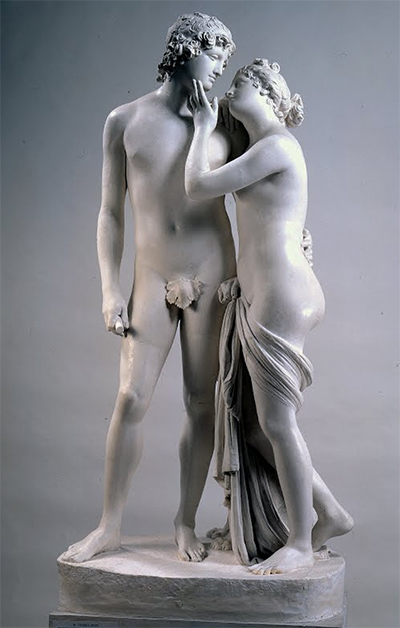
 of Napoleon Bonaparte Antonio Canova.jpg)
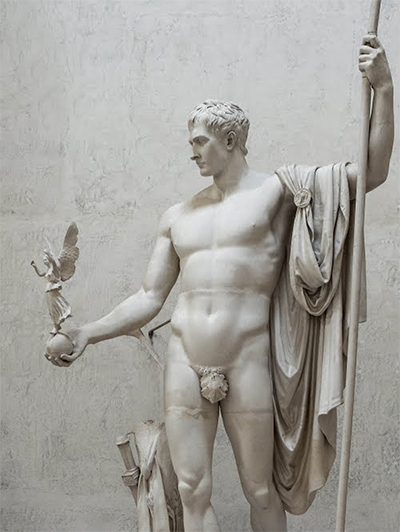
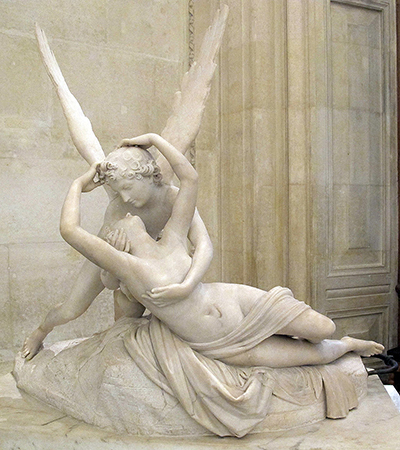
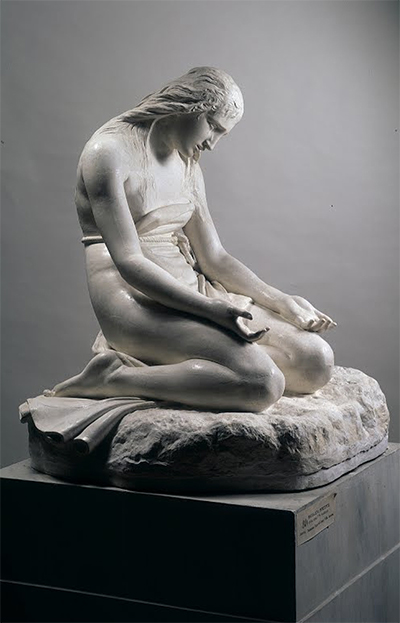
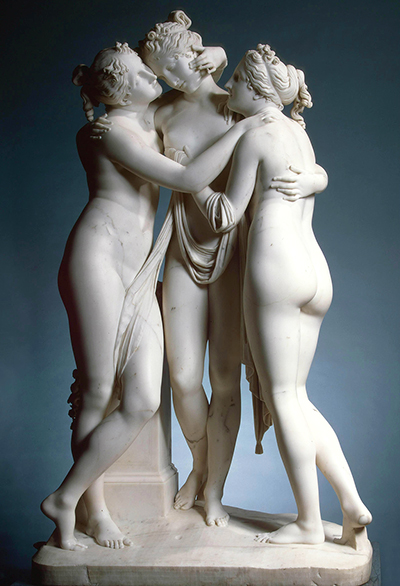
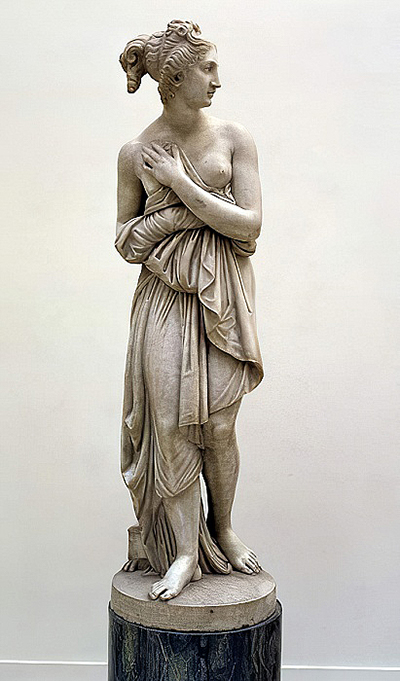
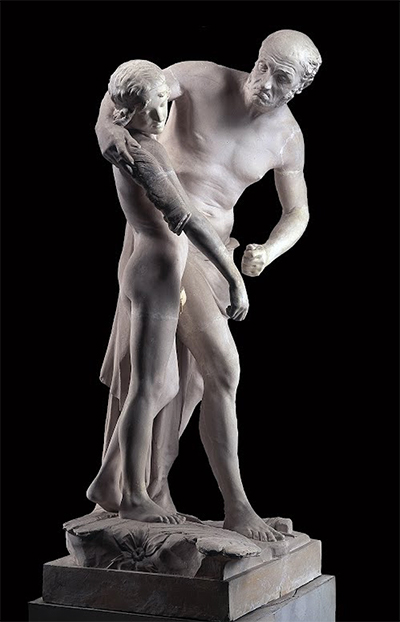
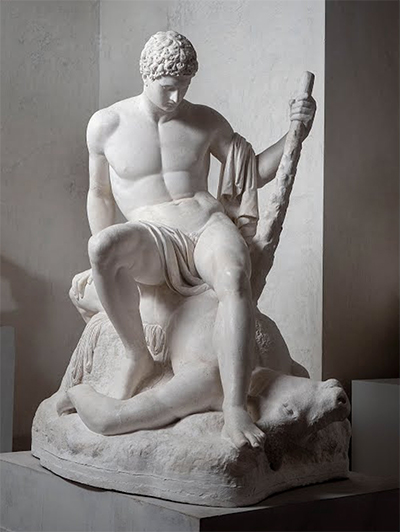
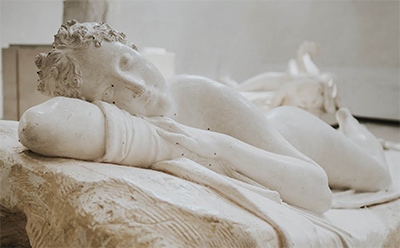
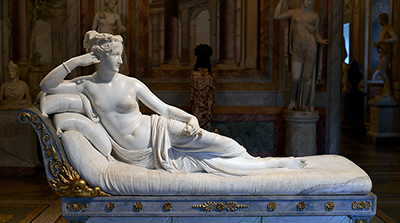
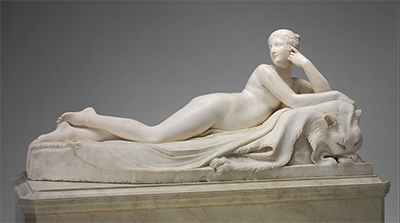
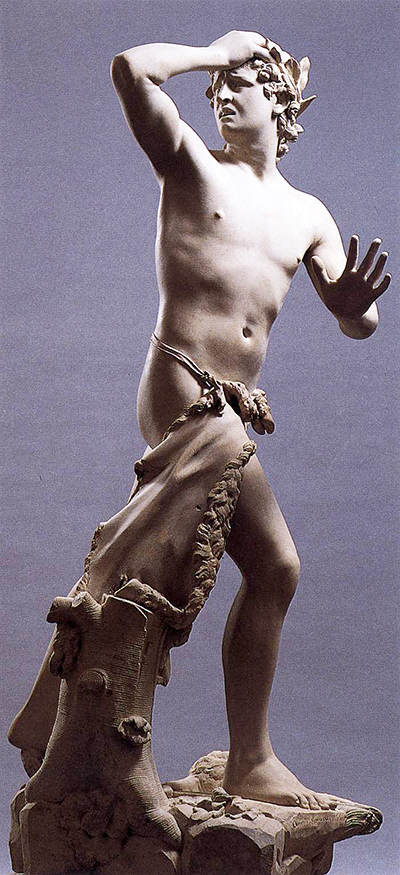
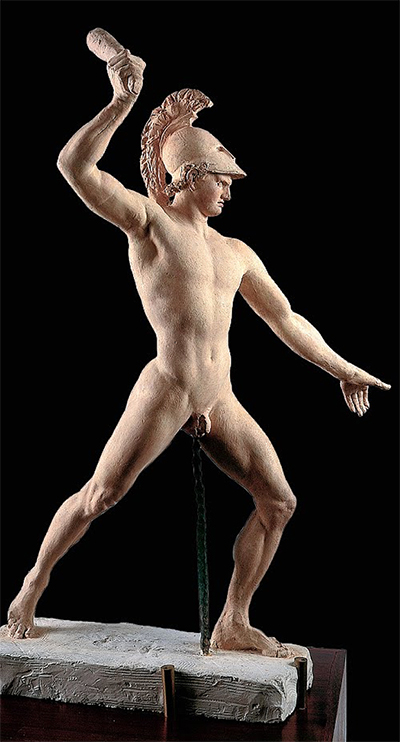
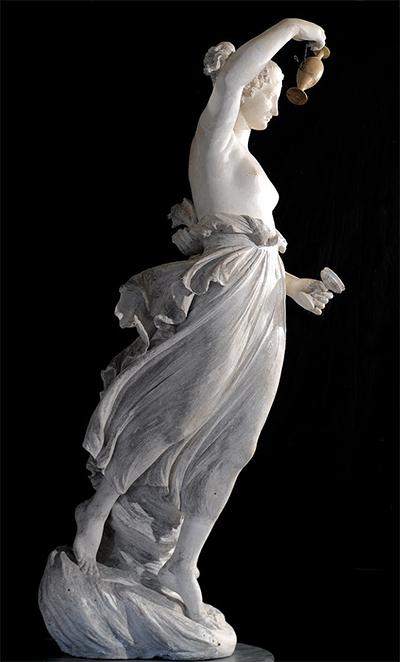
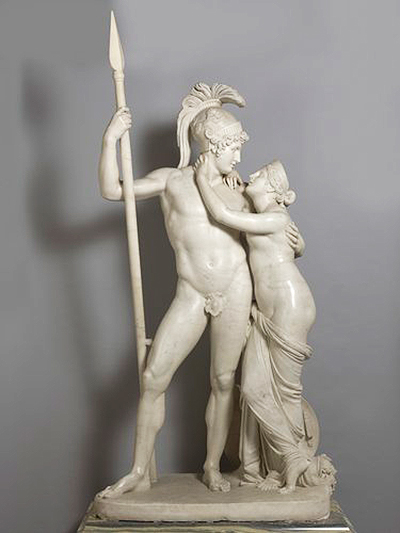
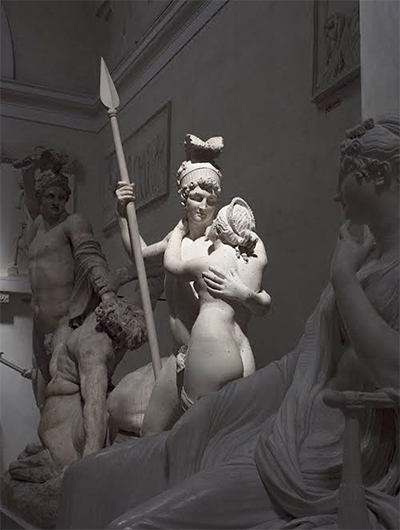
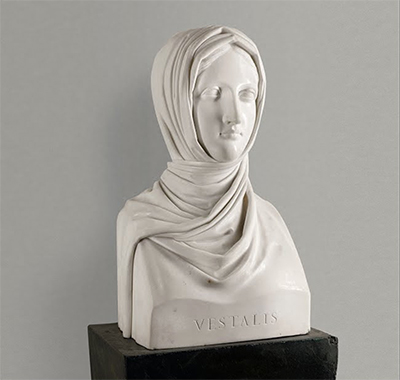
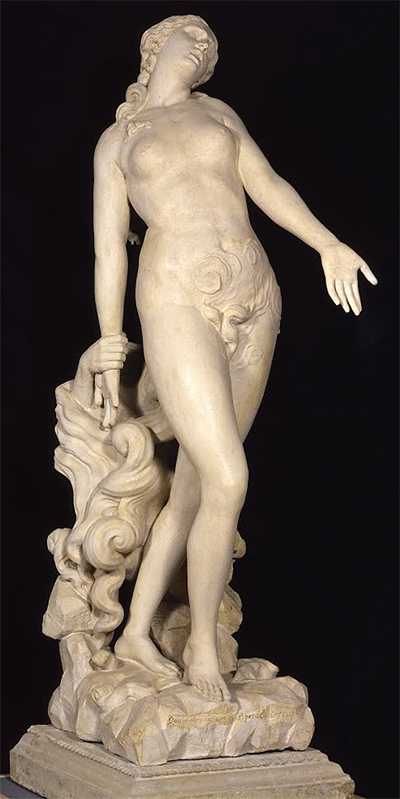
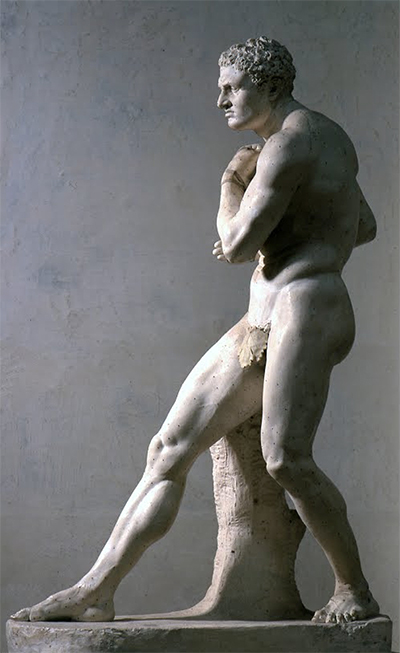
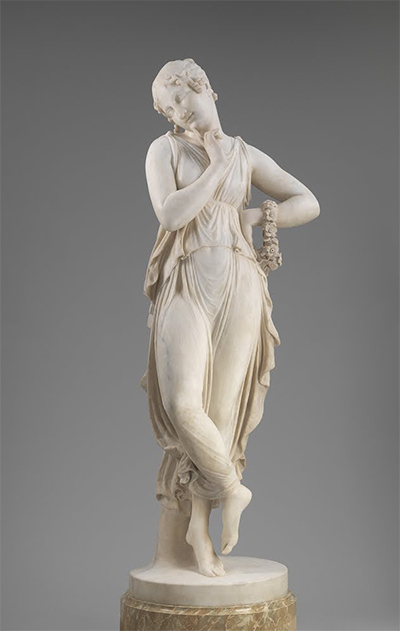
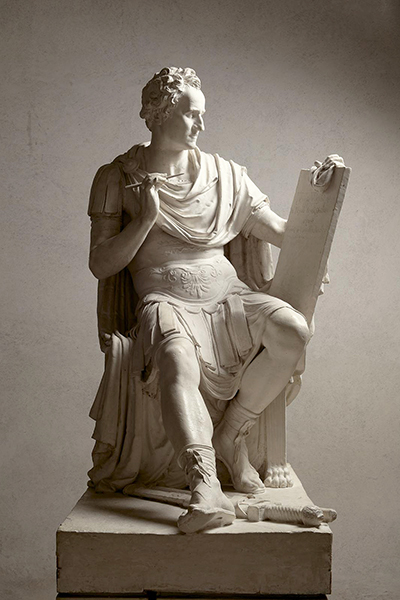
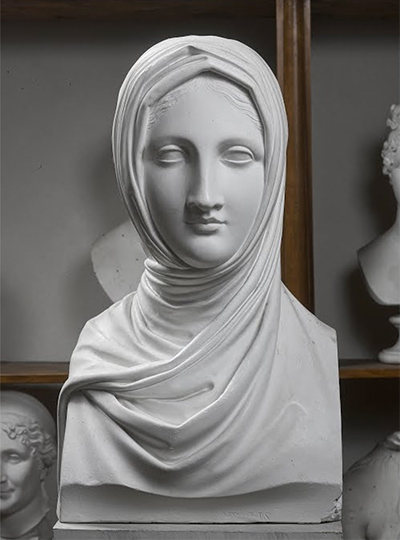
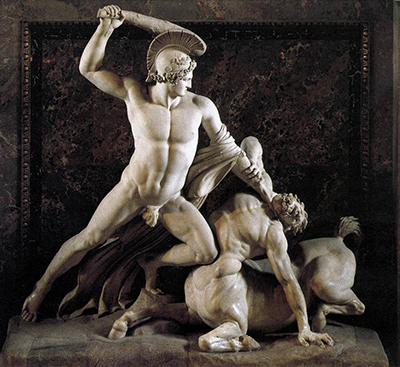
 Antonio Canova.jpg)
